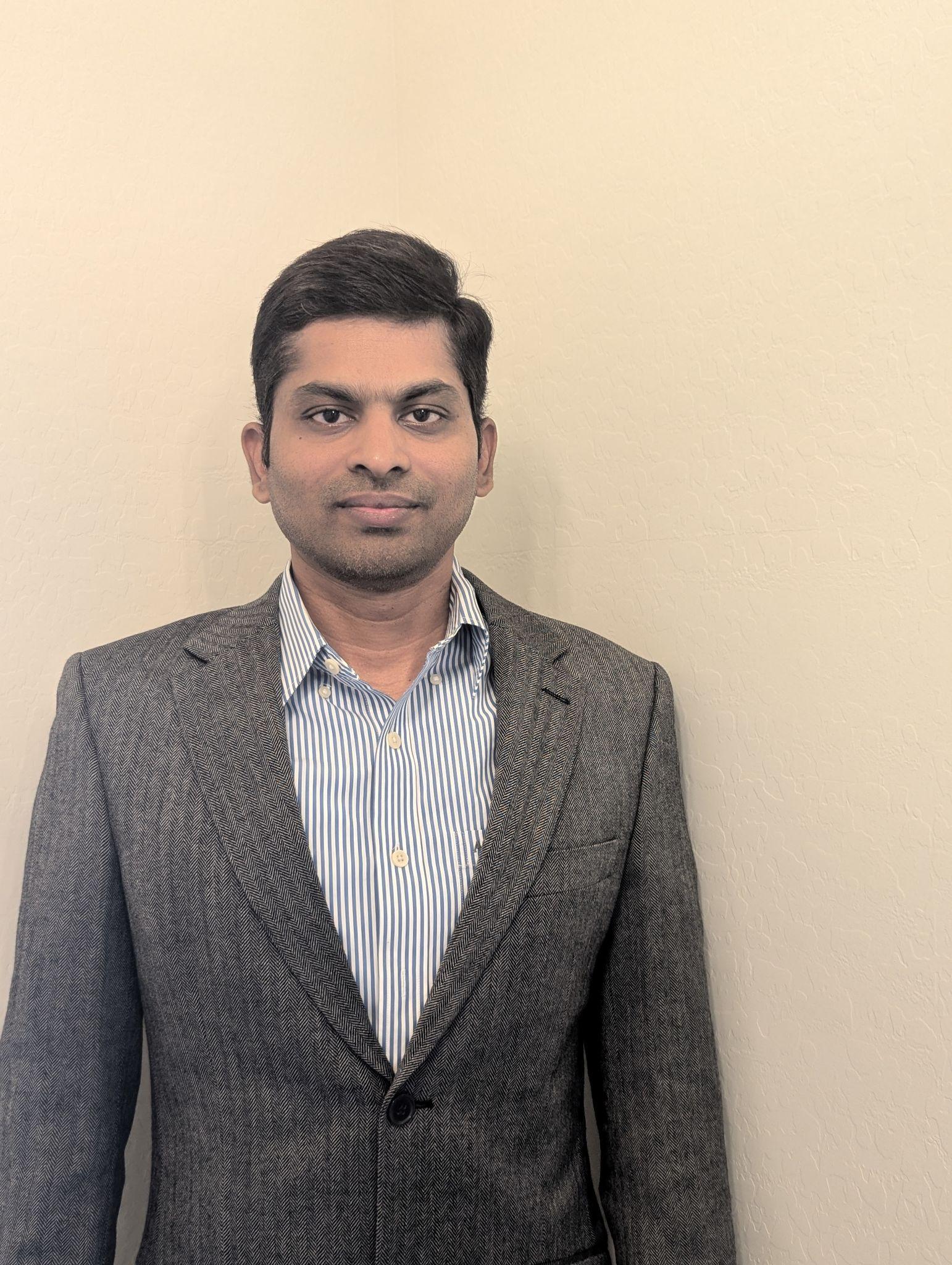- Backdated- 13 Mach 2025
- Vamsee Krishna Ravi is an accomplished data architect and lead data engineer with over a decade of experience in data modeling, ETL/ELT design, and implementation of data integration and data warehousing systems. With a Master of Science degree and certifications in IBM DataStage, Informatica, and Databricks, Vamsee has established himself as a strategic thinker with a proven track record of implementing scalable architectures across various industries, including retail, solid waste management, taxation, and financial services. His expertise spans cloud technologies like AWS, GCP, and Azure, as well as big data technologies and modern data warehousing solutions.
- Q1: What motivated you to pursue a career in data architecture and engineering?
- A: My passion for data architecture stems from seeing how the right data infrastructure can transform business decision-making. I’ve always been fascinated by the challenge of taking raw, disorganized data and architecting it into meaningful, actionable insights. The rapidly evolving data landscape presents constant learning opportunities, which keeps me engaged and excited about my work. I believe that data is the foundation of digital transformation, and being at the forefront of designing these systems allows me to directly impact organizational success.
Q2: How do you approach designing data architectures for different business needs?
A: I believe in a business-first approach to data architecture. Before diving into technical solutions, I work closely with stakeholders to understand their business goals, pain points, and how they plan to use the data. This helps me design architectures that not only handle current needs but can scale for future growth. I typically start with a thorough assessment of existing systems, followed by developing conceptual, logical, and physical data models. Throughout the process, I focus on data quality, governance, and security while ensuring the architecture aligns with the organization’s technology roadmap. The key is balancing technical excellence with practical business value.
Q3: You have experience with both on-premises and cloud-based data solutions. How do you decide which approach is right for a particular project?
A: This decision requires careful consideration of multiple factors. I analyze business requirements, data sensitivity, existing infrastructure, budget constraints, and long-term strategic goals. Cloud solutions offer scalability, flexibility, and reduced maintenance overhead, making them ideal for organizations seeking agility and innovation. However, on-premises might be preferred for specific regulatory requirements, legacy system dependencies, or particular security needs. Most often, I recommend hybrid architectures that leverage the best of both worlds—keeping sensitive data on-premises while utilizing cloud capabilities for analytics and processing. The migration path is also important; sometimes a phased approach works better than a complete overhaul.

